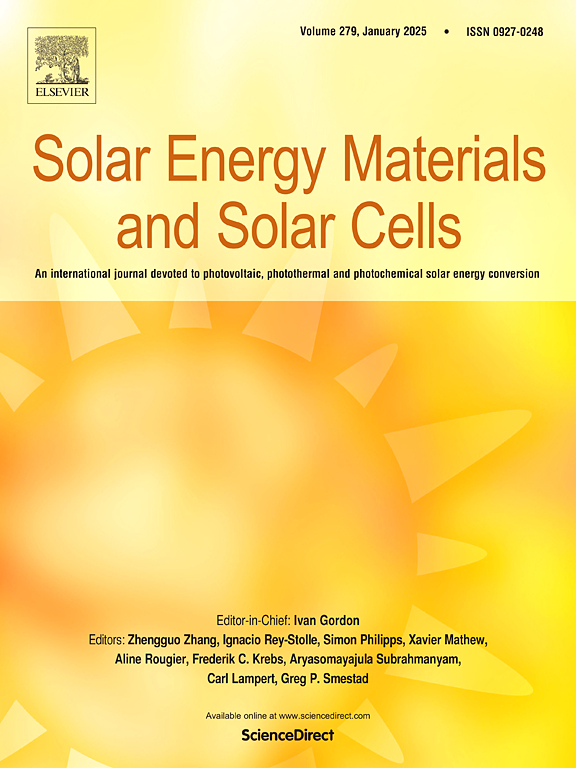硅角团聚体在惰性和真空条件下回收PV硅的机理和熔融行为研究
IF 6.3
2区 材料科学
Q2 ENERGY & FUELS
引用次数: 0
摘要
随着世界走向更绿色的未来,太阳能的使用量不断增加,这意味着每年产生的光伏废物比以前更多。每生产一片硅片,大约有三分之一的硅片以硅屑的形式流失。因此,这种材料的回收和再循环是最大限度地利用能源和材料的关键步骤。研究了硅屑团块在惰性和真空条件下的熔融行为。研究发现,在1 mm ~ 10 mm的粒径范围内,团聚体的大小对切屑球团的熔化行为影响不大,而高于1600℃的温度则是必要的。在1600 ~ 1700℃的惰性条件下,没有产生单一的熔体,而在相同温度范围内的真空条件下,产生了具有闪亮金属光泽的单一熔体。结果表明:在惰性气体作用下,硅熔体的熔化主要是通过被薄氧化层包围的微小硅滴的结合,形成被氧化层包围的硅熔体。然而,在真空熔化的情况下,硅氧化物层通过氧化硅气体形成的脱氧被消除,产生硅熔体。本文章由计算机程序翻译,如有差异,请以英文原文为准。
Mechanisms and melting behavior study of Si-kerf agglomerates under inert and vacuum conditions to recover PV silicon
The continued increase in usage of solar energy as the world moves towards a greener future means that there is even more PV waste each year than the previous. For every silicon wafer produced, about a third is lost as Si-kerf. Thus, the recovery and recycling of this material is a critical step to maximizing energy and material utilization. A study of the melting behavior of Si-kerf agglomerates under inert and vacuum conditions was carried out. It was found that the size of agglomerates does not play a major role in the melting behavior of kerf pellets within the size range 1 mm–10 mm, while the application of higher temperatures than 1600 °C is necessary. No single melt was produced under inert conditions between 1600 °C and 1700 °C, while a single melt with a shiny metallic luster was produced under vacuum conditions at the same temperature range. It is shown that the melting under inert gas occurs mostly via the joining of tiny silicon droplets surrounded by a thin oxide layer, and the formation of a silicon melt with an oxide layer around it. In the case of vacuum melting, however, the silicon oxide layer is eliminated via deoxidation through SiO gas formation, yielding a silicon melt.
求助全文
通过发布文献求助,成功后即可免费获取论文全文。
去求助
来源期刊

Solar Energy Materials and Solar Cells
工程技术-材料科学:综合
CiteScore
12.60
自引率
11.60%
发文量
513
审稿时长
47 days
期刊介绍:
Solar Energy Materials & Solar Cells is intended as a vehicle for the dissemination of research results on materials science and technology related to photovoltaic, photothermal and photoelectrochemical solar energy conversion. Materials science is taken in the broadest possible sense and encompasses physics, chemistry, optics, materials fabrication and analysis for all types of materials.
 求助内容:
求助内容: 应助结果提醒方式:
应助结果提醒方式:


